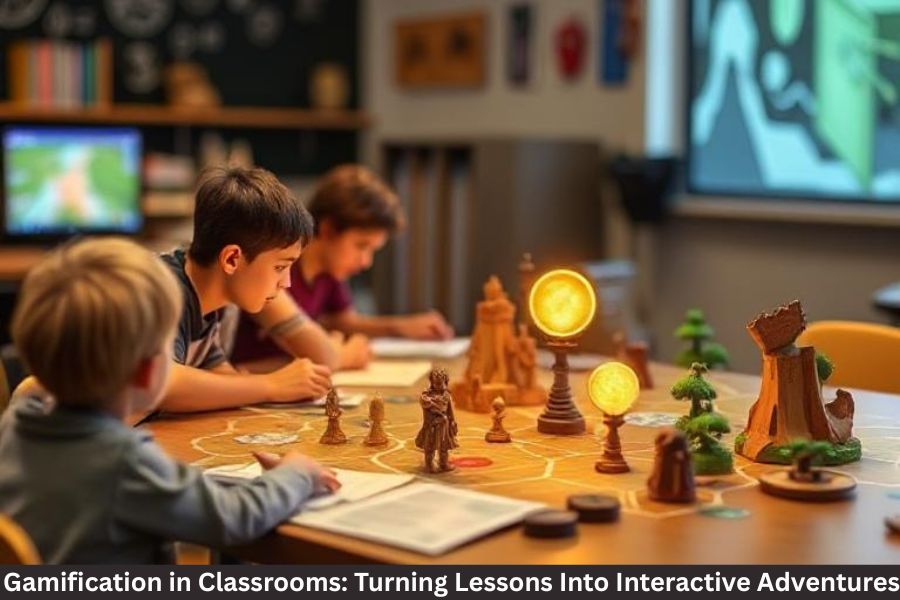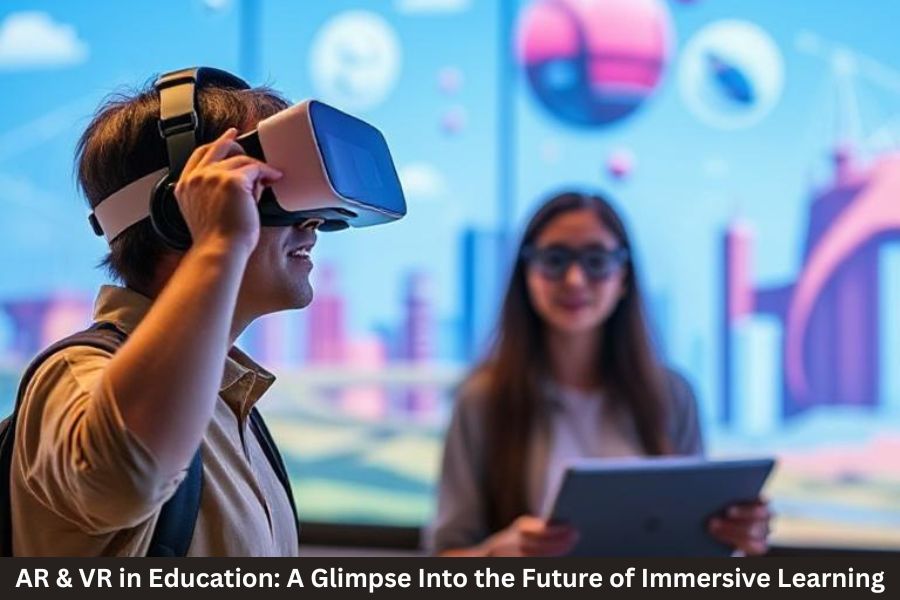In today’s fast-evolving educational landscape, teachers are continually seeking innovative ways to engage students and make learning exciting. One powerful approach that’s transforming traditional classrooms is gamification—the use of game elements and mechanics in educational settings. By turning lessons into interactive adventures, gamification motivates students, enhances participation, and improves knowledge retention.
But what exactly is gamification, and how can it revolutionize classroom learning? Let’s explore!
What Is Gamification in Education?
Gamification means incorporating game-design features—such as points, badges, leaderboards, and challenges—into non-game contexts. In classrooms, this translates to making lessons feel more like engaging quests or competitions, encouraging students to actively participate and strive for achievement.
Instead of passively absorbing information, students become active players in their education, unlocking levels of mastery and earning rewards along the way.
Why Gamify Your Classroom?
1. Boosts Engagement and Motivation
Games are inherently motivating. By introducing game elements, teachers can spark students’ curiosity and competitive spirit. This increased engagement helps combat common classroom challenges like boredom or distraction.
2. Encourages Active Learning
Gamification promotes hands-on problem solving, collaboration, and critical thinking. Students learn by doing, which deepens understanding and makes lessons memorable.
3. Supports Personalized Learning
Game mechanics allow educators to tailor challenges based on individual skill levels. Students progress at their own pace, receiving immediate feedback, which is crucial for effective learning.
4. Builds Soft Skills
Beyond academics, gamified learning nurtures skills such as teamwork, communication, resilience, and goal-setting—essential for future success.
Popular Gamification Techniques in Classrooms
- Points and Badges: Students earn points for completing tasks or demonstrating skills, which can unlock badges as symbols of achievement.
- Leaderboards: Friendly competition is fostered by displaying top performers, encouraging students to improve.
- Levels and Quests: Lessons structured like game levels or quests turn learning into an adventure.
- Challenges and Rewards: Timed challenges or special projects keep students engaged, with rewards such as extra credit or classroom privileges.
- Storytelling and Themes: Wrapping lessons in narratives or themes transforms routine activities into immersive experiences.
Real-World Examples of Gamification in Education
- Classcraft: An educational role-playing game where students work as teams to overcome challenges, earning powers and rewards.
- Kahoot!: A game-based quiz platform that turns assessments into competitive and fun activities.
- Duolingo: Language learning app that uses levels, streaks, and badges to motivate learners.
- Minecraft: Education Edition: Students build and solve problems in a creative virtual world aligned with curriculum goals.
Tips for Teachers Implementing Gamification
- Start Small: Integrate simple game elements like points or badges before building complex systems.
- Align with Learning Objectives: Ensure that gamified activities reinforce key skills and content.
- Encourage Collaboration: Use team challenges to promote social learning.
- Gather Feedback: Regularly ask students how the games are helping their learning and adjust accordingly.
- Balance Fun and Focus: Keep the emphasis on learning, making games an enhancement—not a distraction.
The Future of Gamification in Classrooms
As technology advances, gamification will continue to evolve, incorporating virtual reality, artificial intelligence, and adaptive learning algorithms. These tools promise even more personalized and immersive educational adventures.
For educators ready to innovate, gamification offers a dynamic way to inspire students and foster a lifelong love of learning.
FAQs About Gamification in Classrooms
Q1: Does gamification work for all age groups?
Absolutely! Gamification can be tailored to suit learners from kindergarten to university level by adjusting complexity and game mechanics.
Q2: Can gamification improve academic performance?
Studies show that gamification increases engagement and motivation, which often leads to better understanding and improved academic results.
Q3: Is special technology required?
Not necessarily. While digital tools enhance gamification, simple techniques like point systems and storytelling can be implemented with no tech.
Q4: How do I prevent competition from becoming negative?
Focus on collaboration and personal progress rather than just rankings. Use team-based games and emphasize growth over winning.
Q5: What subjects benefit most from gamification?
Virtually all! From math and science to history and languages, gamification can make any subject more interactive and fun.



